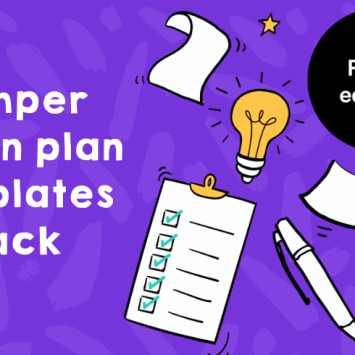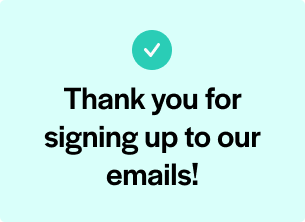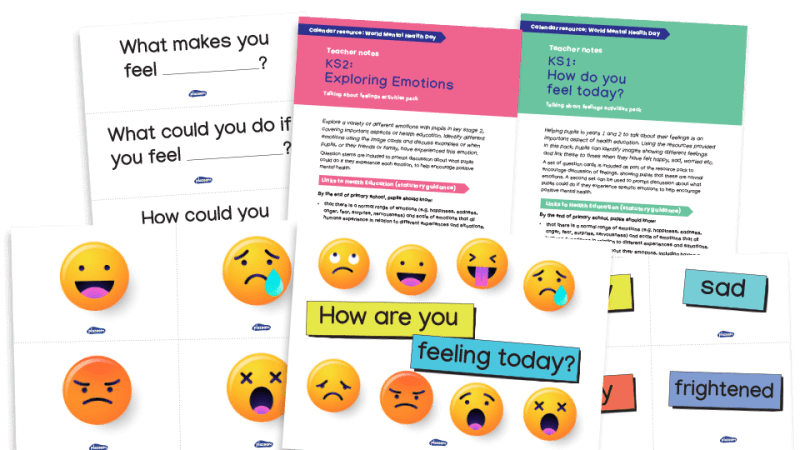Teacher planner – What it is, how to use it and why you need one
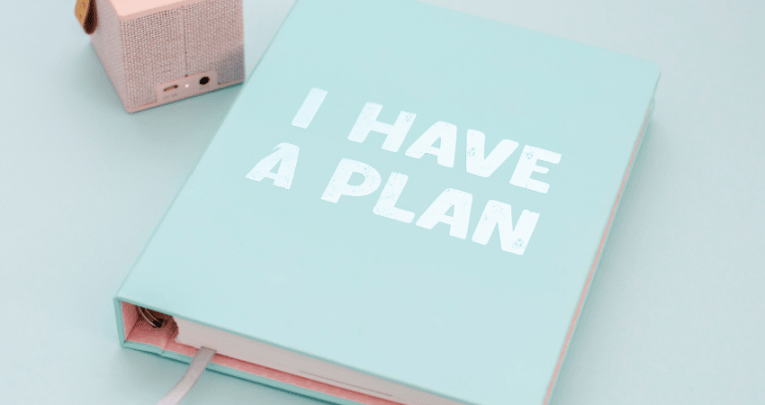
Learn how to get the best out your teacher planner with this advice from an experienced teacher…
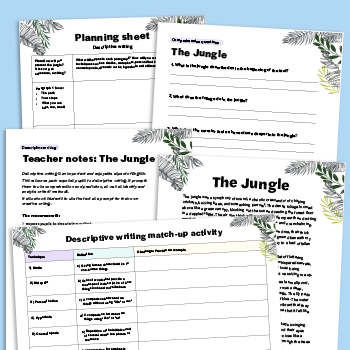
A well-kept teacher planner will help you manage your time, handle unexpected challenges and reflect upon your teaching every step of the way.
What is a teacher planner?
Picture the scene. Your tech fails, and you suddenly find yourself standing in front of 30 students on a hot summer’s day, attempting to fix IT issues while at the same time desperately trying to keep everyone’s attention from wandering.
Technology may let you down from time to time, but a teacher planner won’t.
Used correctly, a trusty teacher planner can be your best friend. It’s more than just a backup for when technology goes wrong. If you get it right, your teacher planner will become your go-to guide.
A teacher planner is a tool that helps you organise your lessons. Use it to map out your lessons in terms of objectives, content and activities, resources, differentiation and assessment. You may also want to use it to reflect on how your lesson went.
Do I need a teacher planner?
Having everything noted, written down and immediately to hand makes it much easier to stay on track. If you’re a new teacher, or even a seasoned veteran of many years, a teacher planner can really help you.
Using one doesn’t just make you more prepared. It also enables you to better adapt, stay focused and manage your stress levels, so that you can focus on teaching your students and helping them succeed.
After all, planning isn’t just about getting through the day more effectively or efficiently; it’s also about devising roadmaps to success for you and your students.
How to use a teacher planner
Use your teacher planner just before class to review your upcoming lesson plan, making sure you’re absolutely clear on what you want to cover.
After the lesson, jot down notes of what worked, what didn’t and any changes you need to make for next time. This keeps you organised, saves time, and above all, helps you stay calm.
Why not get yourself a planner today, and take control of your classroom, your time and your teaching outcomes? You’ll thank yourself later…
Lesson planning
Common misconceptions
- You’re aiming for a convenient, one-size-fits-all approach
- Lesson planning inevitably involves copying resources from the internet
- It should be structured as a lesson ‘to do’ list consisting of multiple tasks
What lesson planning should actually involve
- Actively adapting lessons to suit the needs and abilities of different students
- Managing time effectively
- Keeping as well-organised as possible to reduce instances of stress
- Ensuring your classroom management remains smooth and positive
- Reflecting on and improving your teaching so that you can achieve better outcomes in future
Gloria Dalafu is a lead practitioner in maths, overseeing teaching and learning.



